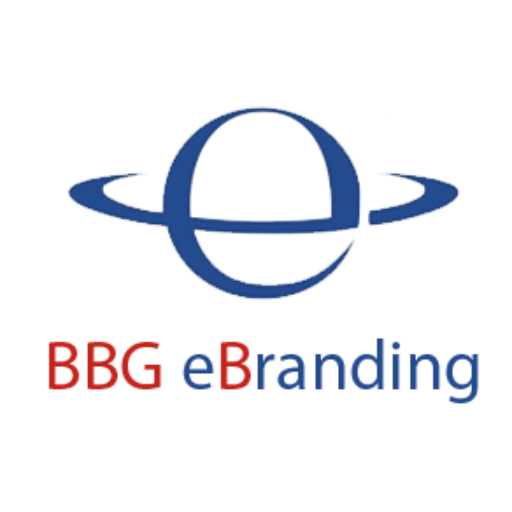If you’ve worked in sales for any length of time, you know your success is dependent on the quality of your sales prospect lists. Think about it- you might be the most skilled salesperson at your company, but if you’re reaching out to the wrong people, your sales skills will have no impact on their desire to purchase your product.
Database is of individuals or businesses doing individual with additional details, enrolled in a record. A Medical Equipment Manufacturer database that lets you segment by specialty and geography ensures you send relevant content to specific audiences.
- Understand Your Offering
Before you can identify who, your best prospects are, you must first understand what you’re selling. Here it is Medical Equipments.
Start this process by asking yourself the following questions:
- What problem is your product designed to alleviate? If your product solves more than one problem, which seems to be the most important?
- Is there something about your product that causes you to lose deals? Or, is there something that typically helps your close difficult deals?
- Could you explain how to use your product to your grandparents? To a young child? Without having it in front of you?
- What would a valuable customer say is the most frustrating part of your product or service? The most helpful?
- Would you be comfortable using the product you’re selling in your day-to-day life?
- Understand Your Buyer
There are multiple ways to conduct prospect and customer research– manual data analysis, market intelligence tools, customer surveys, etc. No matter which method you choose, there are certain data points you must pay close attention to.
These Data Points Range from the Simple and Obvious
- Industry, Company size, Job title, Revenue
To the Slightly More Obscure
- Biggest challenges and pain points, Important success metrics and goals, Product likes and dislikes, Engagement preferences, Communication styles
To the Downright Granular
- Key motivations and buying triggers, Customer Lifetime Value, Referral potential, Product us, Advocacy, Brand value.
- Organize Your Intel
At this point in the process, you have two data sets. One contains important information about your products and services and the other contains important information about your ideal prospects and best customers. Now, it’s time to merge them into the beginnings of your B2B prospect list.
To do so, ask yourself one question: Who? Who is my product made for? Or, to phrase it a different way, who needs my product? Using the information gathered thus far, you must figure out the answer. Your final result may look something like this:
- Company, Buyer, Motivators, Added Value
- Identify Your Key Players and Accounts
Now that you’ve gathered and analysed your data, you have a good idea of what you’re looking for in a potential prospect. But, where does the search begin? We recommend a combination of the following channels, outlets, and tools for the most comprehensive prospect list:
- Social Media, Google Alerts, Job Listings, Historical Customer and Prospect Data, Advanced Search promo – find company contact info, Existing Customer and Prospect Data
- Prioritize Dynamic Data
Now that you have a list of names and companies in front of you, your job is done, right? Wrong. In our era of digital information, there is no such thing as static data. What we mean here is this: Your prospect list will never be set in stone. People change jobs, companies are bought and sold, and products regularly evolve and expand to new markets.
Do you need help? Do you want Database for your Medical Equipment Manufacturer?
Contact us
Unit No. 450, Mastermind-1 Premises, Royal Palms, Goregaon (E.), Mumbai – 400065



